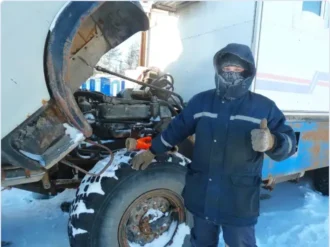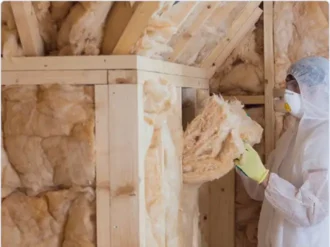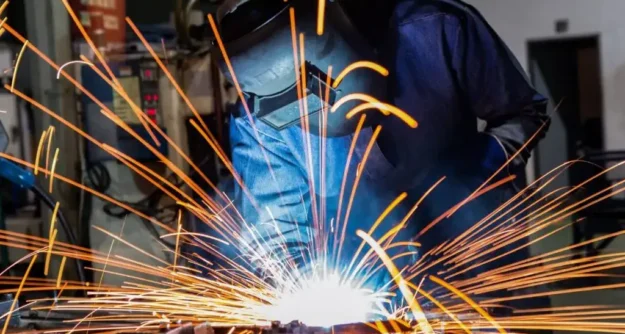Introduction
Between casting iron, grinding, filing, milling, welding, soldering, brazing, plating, and other similar activities, metalworkers are exposed to a set of unique risks and require special training in order to maintain their safety and that of their colleagues. These employees are indispensable in both construction and manufacturing, two of the most dangerous industries in Canada.
Potential Hazards
The most common risks associated with metalworking include, but are not limited to:
Exposure to Asbestos and Dangerous Chemicals.
Sheet metal workers were especially at risk of developing asbestos-related respiratory illnesses due to prolonged exposure to this dangerous substance in the late 20th century. Although preventive measures have been taken once the effects of asbestos were made clear, it is still possible that metalworkers are exposed to the substance today, either due to outdated equipment or because they work in an older factory that was built and insulated using asbestos. Other dangerous chemicals that put these employees at risk include straight oil, soluble oil, (semi-)synthetic oil, and a variety of welding gases that can have both a short- and long-term impact on human health.Heat Stress.
Metalworkers are routinely required to work near furnaces, flames, hot surfaces, and hot liquids/metals, all of which can create an unusually high temperature. In addition, because moulding, tempering, welding, and other common tasks can only be performed on hot metals, workers may suffer from heat stress, which can lead to confusion, lightheadedness, loss of consciousness, and even heat stroke. Heat stress is not only a dangerous condition in and of itself, but it can also lead to an increased risk of accidents in the workplace. For a metalworker who is constantly in the proximity of hazardous equipment and chemicals, the latter can prove to be deadly.Burns.
Metalworkers can experience first-, second-, and third-degree burns if they come in contact with hot surfaces or liquids, steam, or an open flame. In addition, welding and other common processes can generate sparks or throw bits of molten metal into the air. If these come in contact with the skin in the absence of proper protective equipment, the result is almost always an injury.Cuts and Abrasions.
Both before and after processing, metal materials may feature sharp edges that can easily cut through the worker’s skin. This is especially concerning in the case of metal sheets with sheared edges, which must be handled with care and only while equipped with the appropriate gear.
Incident Prevention
Incident prevention in the metalworking sector is a two-part process. First, all employees and their supervisors must receive rigorous training so that they may familiarize themselves with the dangers they might face while at work. Naturally, a worker’s experience can speed up the training process, but the latter must never be skipped under any circumstance.
Secondly, the correct use and maintenance of personal protective equipment can mitigate and, in some cases, prevent serious injuries. For example, metalworkers are routinely exposed to dangerous substances and chemicals and must wear respirators, as well as ensure the proper ventilation of the workspace in order to avoid long-term health issues.
Although other injuries are more direct, the same principle applies across most cases. The majority of burns and cuts can be avoided through the use of protective gloves and full-bodied protective clothing, whereas high levels of noise can be reduced with headphones and muffles. Heat stress prevention, on the other hand, requires a more systematic approach where workers are taught to recognize and treat the symptoms as soon as they occur.
Recommended Safety Courses



What You Can Do to Stay Safe
As a metalworker, you have the right to be informed about the dangers of your profession and the steps you can take to maintain your safety. In Canada, your employer is required by law to provide access to the necessary safety courses for both you and your co-workers.
A number of jobs across different industries may involve metalworking. These include:
- Miner, blaster, driller, electrician, or mechanic in the Mining industry.
- A construction worker or welder in the Construction industry.
- Production worker or assembler in the Automotive and Manufacturing industries.
For an extensive list of safety courses that are appropriate for your line of work, please consult the corresponding industry page and navigate to your specific job.

